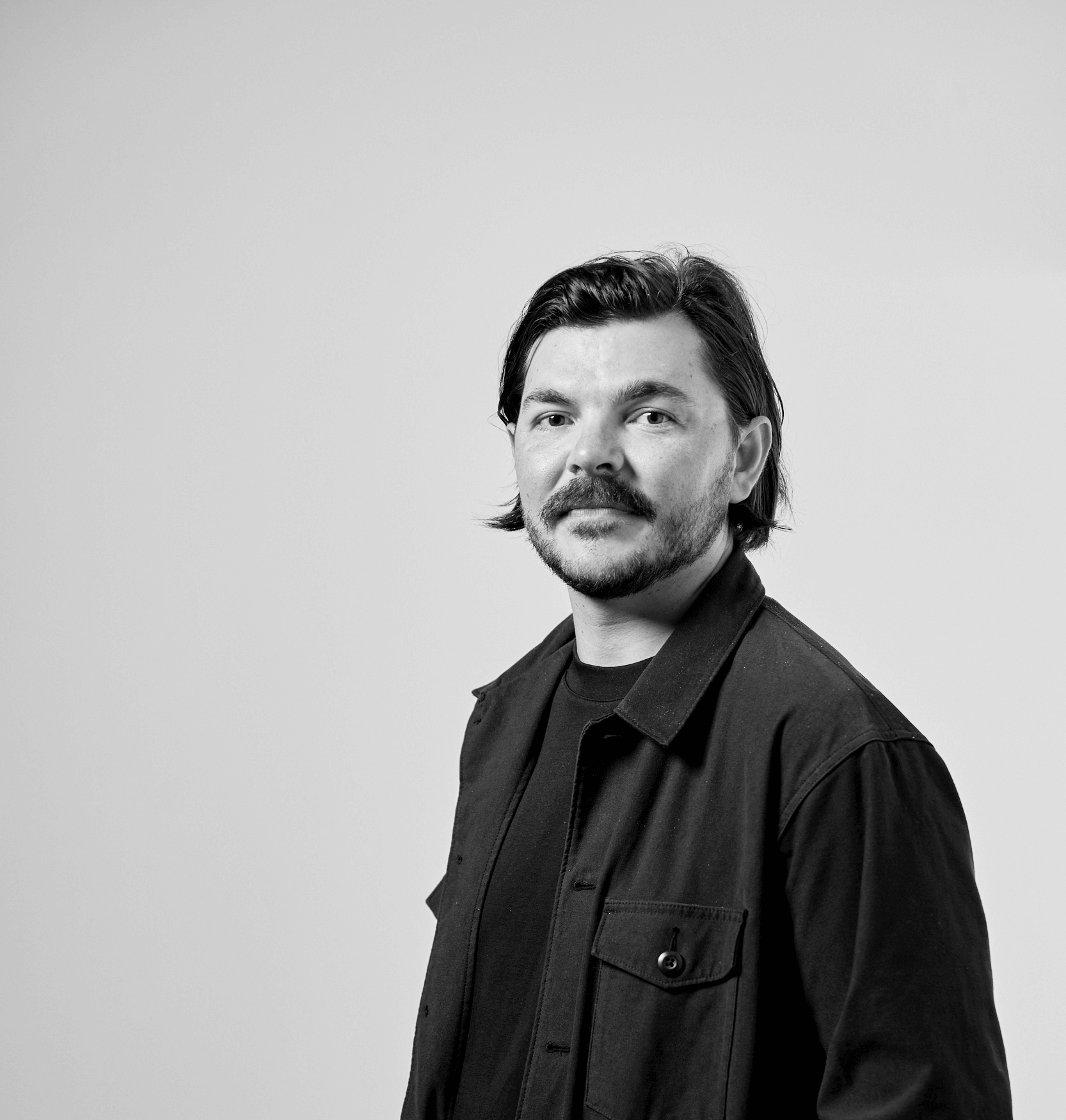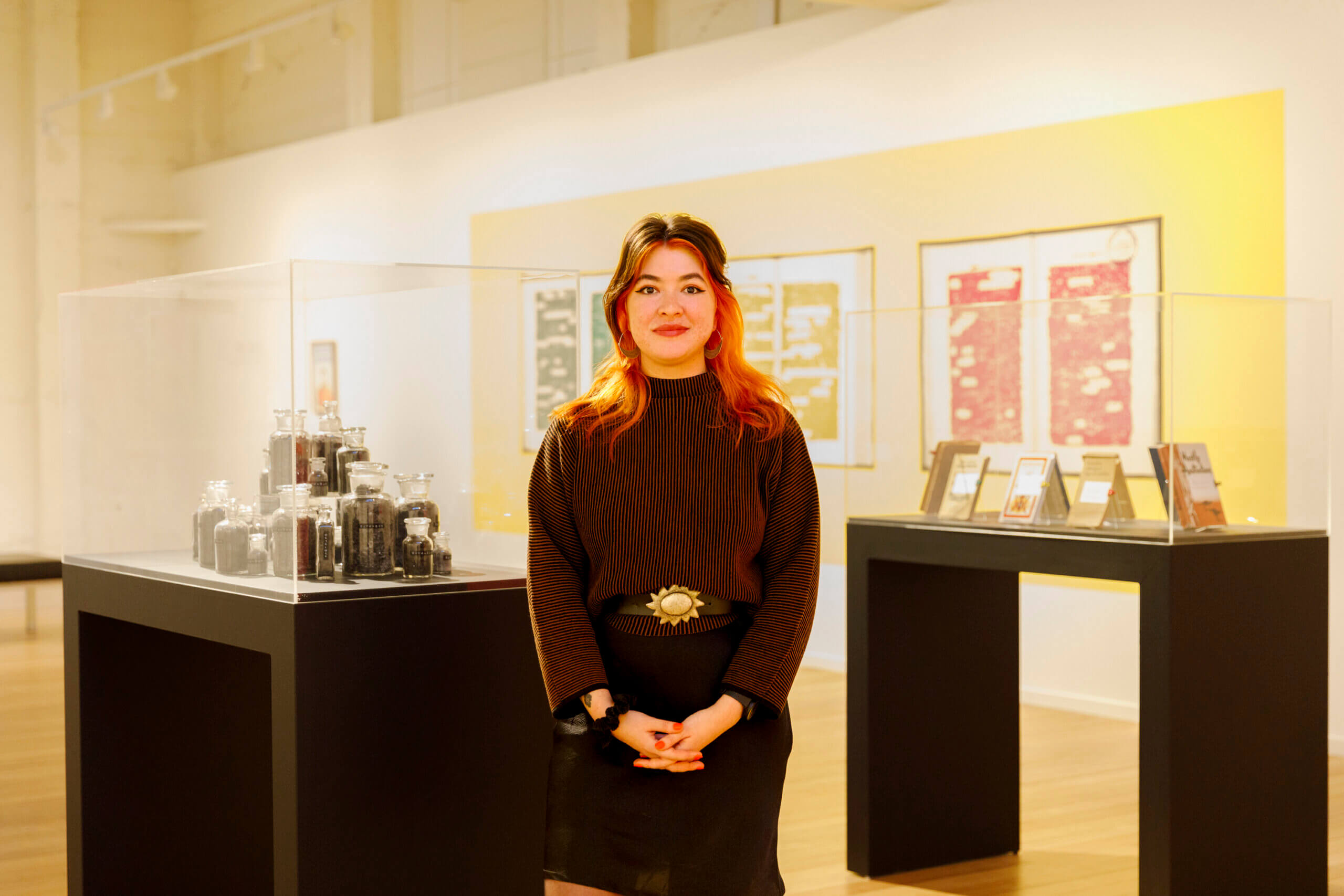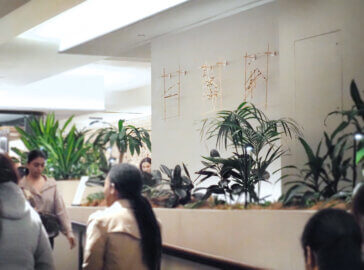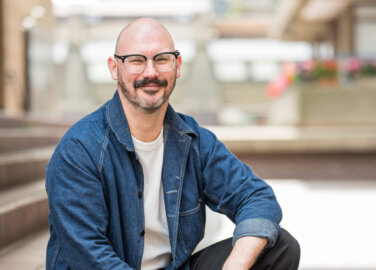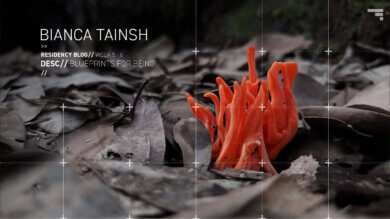HOW DID YOU DISCOVER YOUR LOVE FOR VISUAL ARTS?
MH: My Mum, Jo-Anne, is an artist and an art teacher. There were always hundreds of art supplies in the garage and she ran after-school art workshops for local schools which I always went along to.
Making things became second nature to my sisters and I, and it was always accompanied by Mum’s deep knowledge of art history and ways of seeing the world through ideas and materials. Rather than being a discovery, I think my love for art just developed naturally from there.
JL: My love for visual arts was cultivated through the strong cultural foundation my Dad instilled in me and my siblings. Growing up, we were always connected to our culture, with both parents ensuring that our lives were enriched with cultural experiences through books, food, art, and objects.
My Mum is an educator with a background in home economics who transitioned into special needs education over the past decade. Having a mother who was both a teacher and a stay-at-home parent for the first 16 years of my life contributed to a childhood filled with rich experiences in learning and creative expression.
She filled the mornings, weekends and school holidays with paper craft activities, a material that was readily available and cheap. It is through her that I learned many of the skill I now use in art.
CM: I always loved drawing as a kid but I didn’t come from an art family so the first time I went to a gallery I would have been around 17, after that I was all in.
Antecedent exhibited in the Metro Arts Galleries 3 FEB – 9 MAR, West Village, West End.
Click here for gallery opening times.


